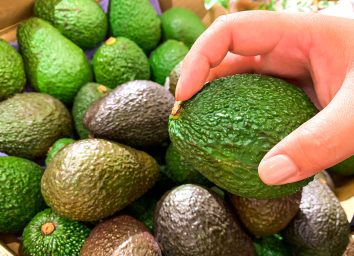This Is the #1 Worst Way to Eat a Banana
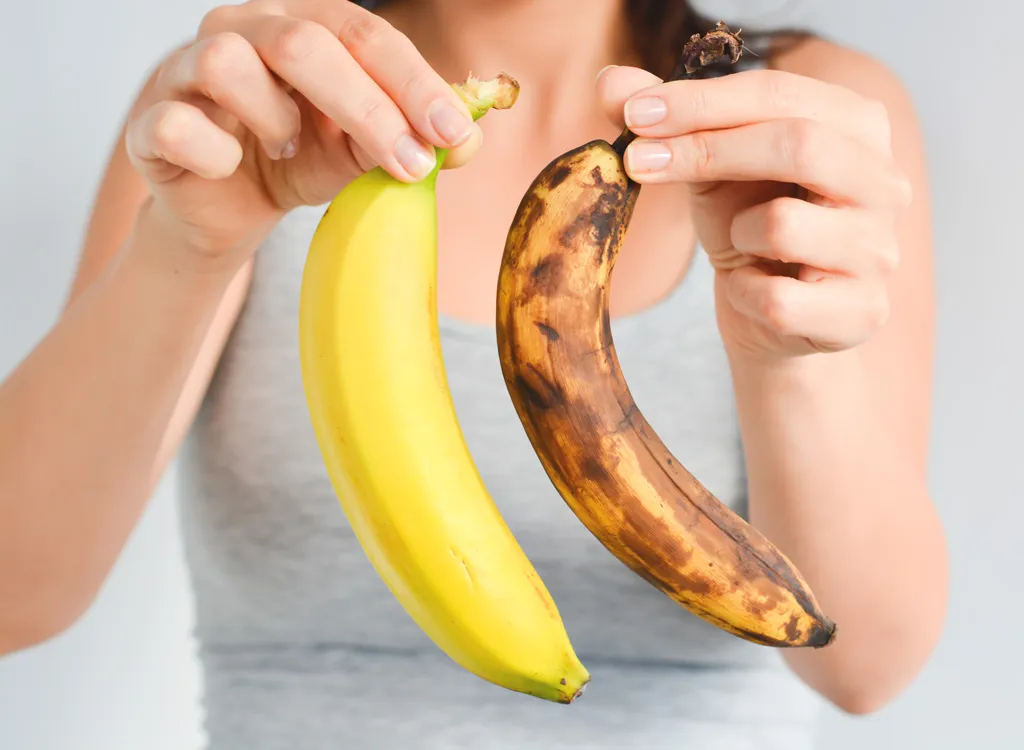
It’s never good to judge a book by its cover, but that isn’t the case when it comes to bananas. Yes, it’s what’s on the inside that counts, but it’s what’s on the outside of this fruit that lets you know what you’re getting.
All bananas are a good source of muscle-supporting potassium, mood-regulating folate, tryptophan (a precursor for the “happy hormone” serotonin), and energizing carbs (among other incredible benefits), which is why they are one of the healthiest carbs.
Despite all the great things about bananas, there is technically one worst way to eat them. It’s not that bad by any means, but let’s just say it isn’t as great for you as others.
Depending on how far along bananas are in the ripening process, each stage of banana ripeness offers its own benefits — and drawbacks — so you’d be b-a-n-a-n-a-s if you didn’t use our guide to leave the grocery store with a bunch that best suits your diet.
Our research has found that the worst way to eat a banana is to eat one that is overripe and has brown spots. When bananas ripen, their beneficial starches start to break down and are converted into sugar.
Below, we rank the 3 stages of banana ripening from worst (overripe and brown) to best. Read on, and for more on how to eat healthy, don’t miss 7 Healthiest Foods to Eat Right Now.
Worst: Brown
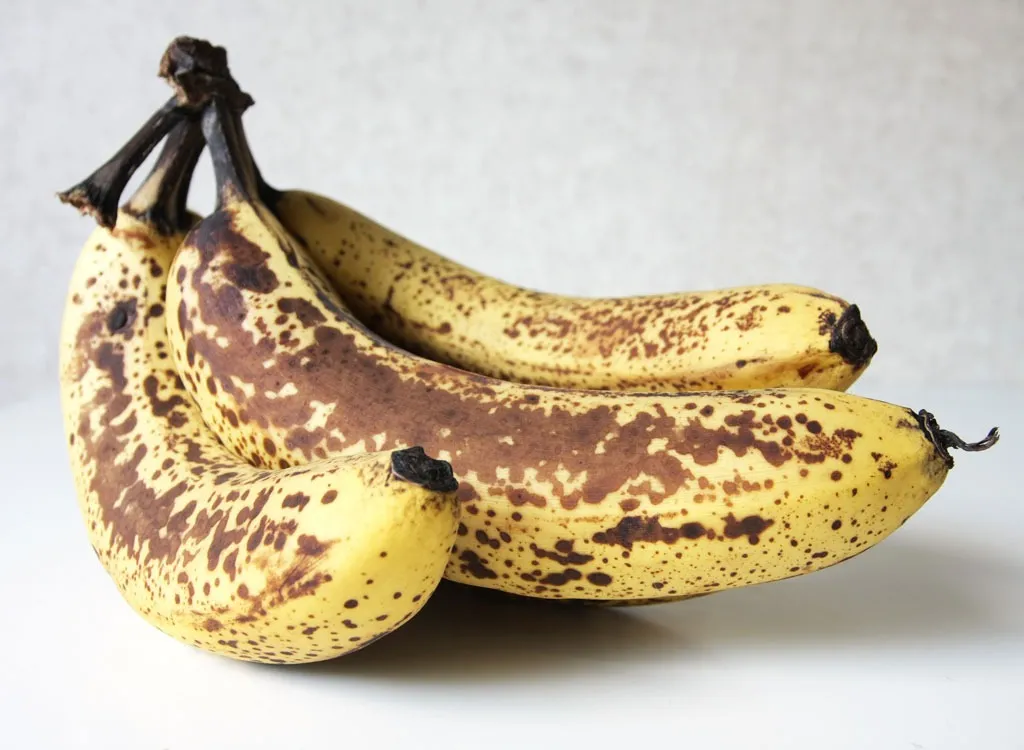
A brown banana is on the far end of the ripeness spectrum and the sweetest option. For example, an overripe, medium-sized banana contains 17.4 grams of total sugars whereas a yellow banana of the same size contains just 14.4 grams of sugar. That calculates to a 3-gram increase in sugars, mostly from simple sugars fructose and glucose, just because you left the banana out for a bit longer before biting into it. (For context, the sugar content of bananas isn’t that high. One medium-sized apple contains 19 grams of sugar.)
The reason sugar content increases is that a banana’s starches, which are complex carbs, naturally break down into their simple sugar parts over time. As context, a yellow banana contains 6.35 grams of starch and that goes all the way down to just 0.45 grams in overripe bananas.
Lower in Fiber
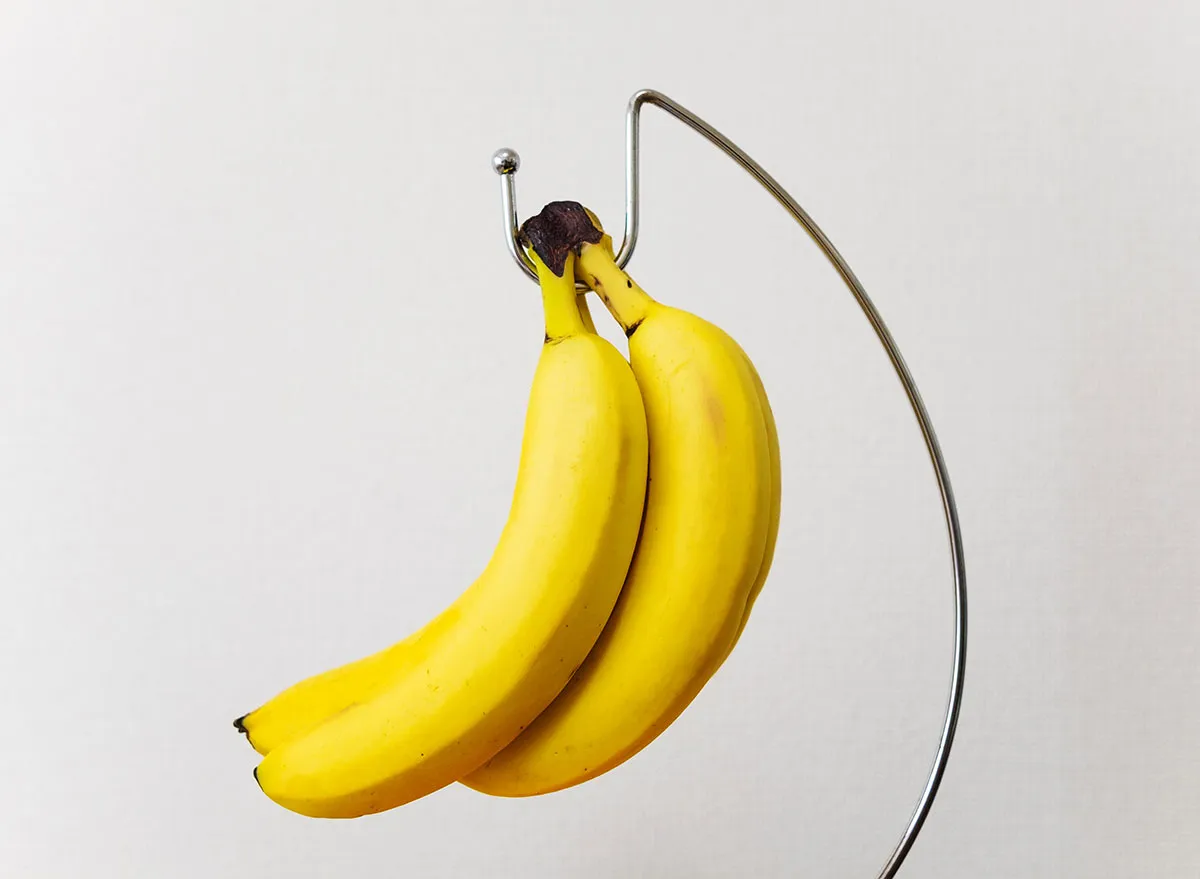
Overripe bananas are also lower in digestion-slowing fiber, having only 1.9 grams of fiber (7% of your daily value of fiber) whereas yellow bananas contain 3.1 grams, or 11% DV of fiber (making yellow bananas a “good” source of fiber).
A study published in the journal Diabetic Medicine found that diabetics had a lower glycemic response—meaning their blood glucose levels didn’t spike as much—to under-ripe bananas compared with overripe bananas due to higher starch content. But before you go toss out your bananas, note that eating overripe bananas is still better for your blood glucose levels than eating white bread.
Lastly, some micronutrient levels decrease in overripe bananas (like vitamin A, vitamin B6, and vitamin K); however, the level of change is insignificant.
Yellow
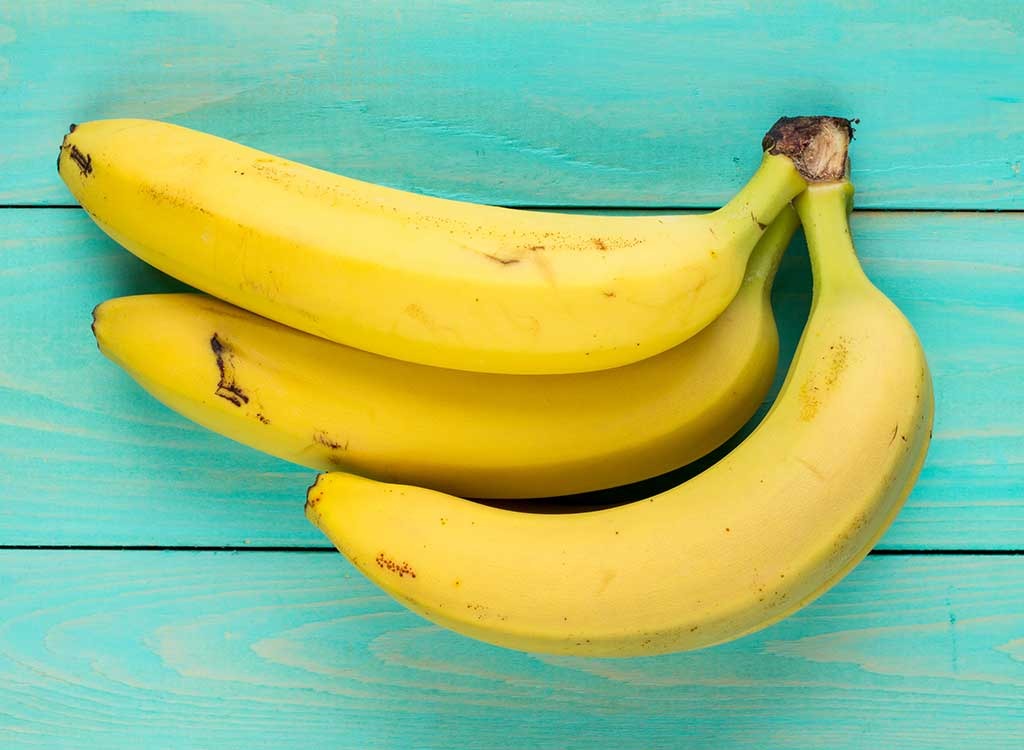
When you’re out shopping, a standard yellow banana may seem like your best bet. Green and brown ones can look intimidating or just plain gross, and sometimes it’s better to be safe than sorry. And perfectly-ripe, yellow bananas are just that — perfectly good to eat. You’ll still reap all the benefits of bananas with this color.
Best: Green
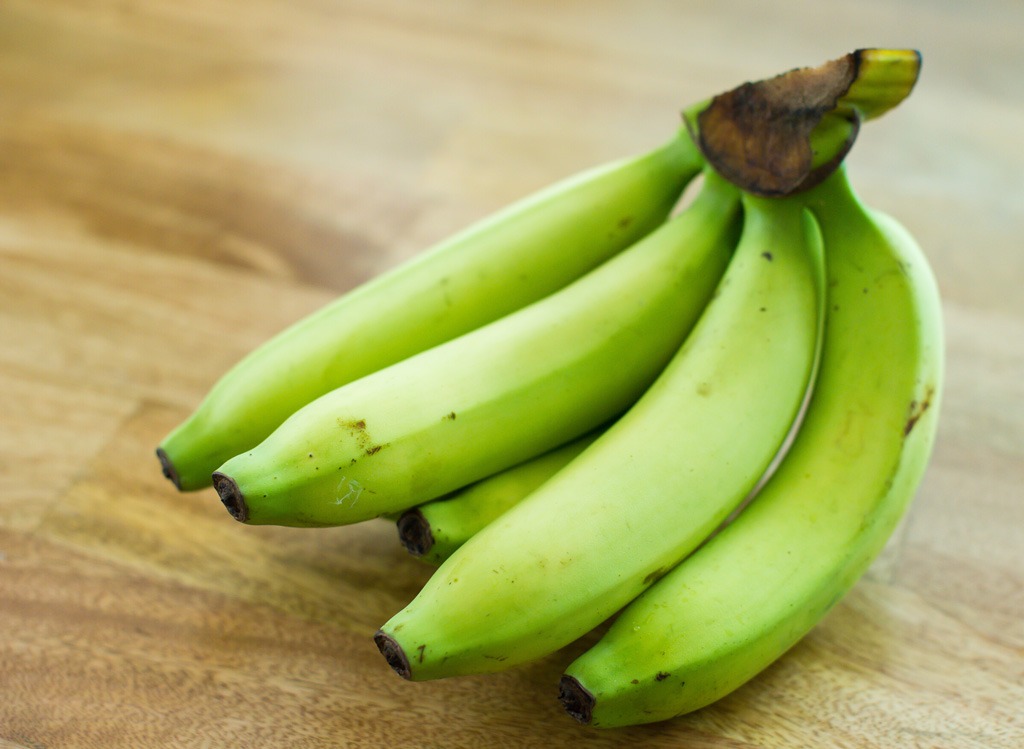
The least ripe of the bunch, green bananas are known less for their sugar content and more for their resistant starch. But resistant to what, exactly? Digestion. Since resistant starch can’t be broken down by stomach enzymes, this digestion-resistant starch keeps you satiated. As your body works on the fiber-like starch, you feel fuller for longer, which means you’ll avoid those mindless munchies later.
A British Journal of Nutrition study found the resistant starch in bananas works to increase the production of short-chain fatty acids (SCFA). These SCFAs play a key role in fostering good gut health.
But because green bananas are pretty hard to eat, you have to be creative with how to add them to your diet to reap their benefits. The previously-mentioned study highlighted using green banana flour to get the benefits, and you can also try to add them to a blended smoothie. That means just a little more effort for a lot of reward.
What’s the Final Verdict?
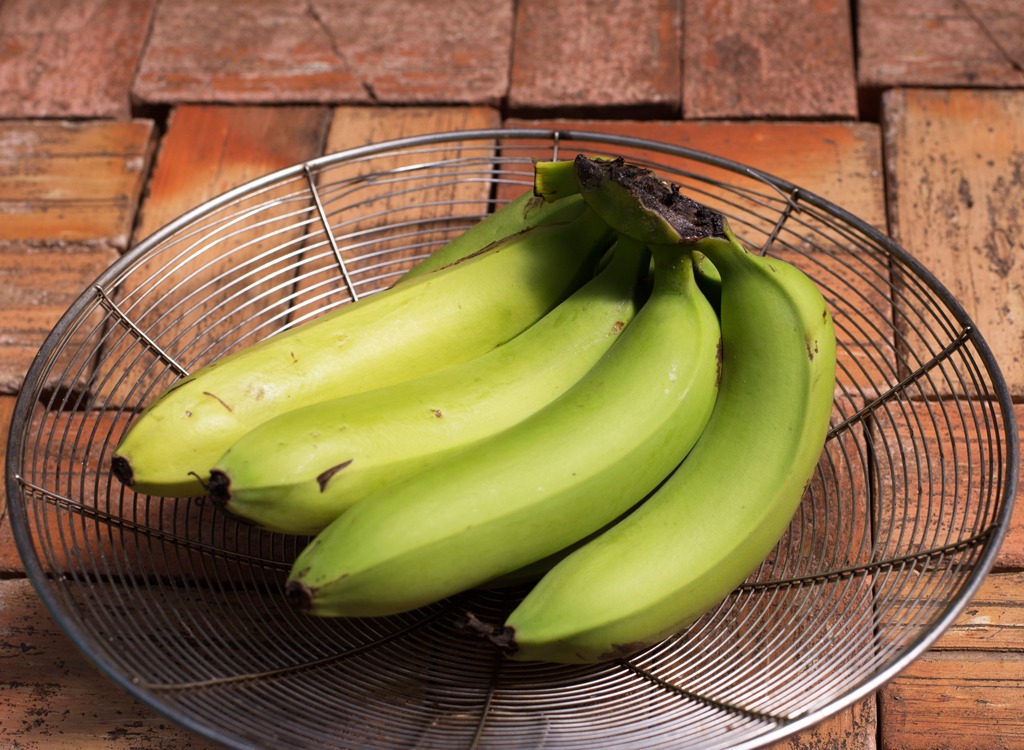
All of this being said, don’t forget that a medium-sized banana of any kind has 105 calories and is still good for you whether it’s soft or firm, polka-dotted or solid.
Like we said earlier, resistant starch and a low sugar content of green bananas make them your best bet for weight-loss success; however, because they’re much harder to eat in your everyday life, yellow bananas are really the ideal option. Once your bananas get overripe, they may be higher in sugar, but by simply pairing them with a low-digesting food such as peanut butter, nuts, whole grain bread, protein powder in a smoothie, oats, or yogurt, they can still be a healthy food. For more, see Surprising Side Effects of Eating Bananas, According to Science.
Read more:
